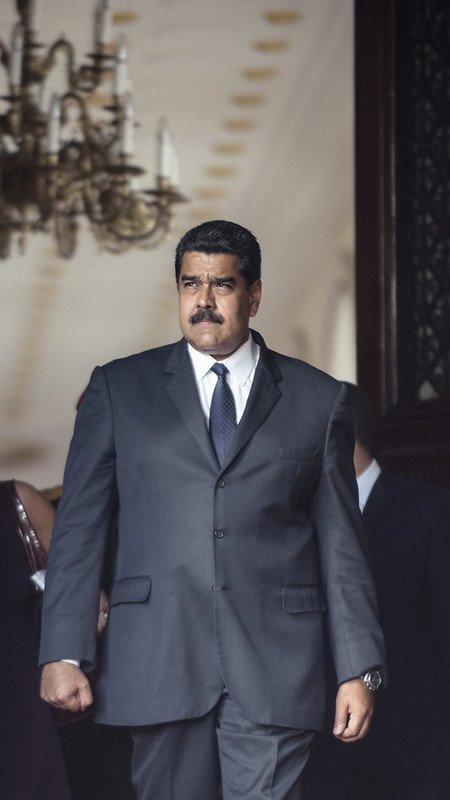Russian Jets Sent to Syria as Part of Naval Training Exercises
Syrian President Bashar Al-Assad and Russian President Vladimir Putin in 2017. (Wikimedia Commons)
As part of planned naval exercises, Russia sent multiple fighter jets to its Khmeimim Air Base in Syria on February 15. Russia has been involved in the Syrian civil war since 2015, when Russia first sent military strikes to Syria to aid the Assad regime.
The jets deployed were both MiG-31K fighter jets containing hypersonic Kinzhal missiles and long-range Tupolev Tu-22M strategic bombers, intended to be used in military exercieses in the East Mediterranean. These exercises will be overseen by the Russian Defense Minister Sergei Shoigu, who met with Syrian President Bashar Al-Assad in Damascus on February 15. According to the Associated Press, this is the largest presence of the Russian military in the Middle East since the end of the Cold War.
The deployment of these jets is a part of Russia's campaign to showcase its military strength amid rising tensions with Ukraine. Russia announced on January 20 that its entire naval fleet would stage various exercises, involving over 10,000 servicemen, dozens of fighter jets, and over 140 warships. The exercises specified for Syria were also intended to be practice in targeting enemy warships. From the Tartus naval base in Syria, Russia could easily target the the American carrier strike group in the Mediterranean.
Syria has long been a location of interest for Russia. Russia has stated support for the Assad regime since 2011, when Arab Spring uprisings began in Syria. Four years later, Russia instituted its new VKS aerospace force and began testing new military operational methodologies and technical advances. The Russian Defense Ministry reported in 2018 that 80 percent of its flight troops had served in combat in Syria. Testing these methods of fighting have allowed the Russian military to improve its air force, which may be of use should an invasion of Ukraine occur.
However, expansion into Syria was certainly not only for testing opportunities. Russia's military intervention in Syria has been key in maintaining the Assad regime. Saving Assad's regime from defeat in Syria has allowed Russia massive diplomatic leverage, and some amount of control over both Syrian territory (with Russia maintaining two of its own military bases in the country), and Syrian diplomacy.











Among the presentations expected at the G20 next week is one by Nobel Economics Prize laureate Joseph Stiglitz on global wealth inequality and its impacts on growth, poverty, and multilateralism. This taskforce was convened by President Ramaphosa in August, and is the first such taskforce in the G20.